Software Licensing– the Basics
Most software is licensed either through a commercial software license, where the license to use the software is purchased, or an open source license, which allows the software to be used and modified for free, as long as any applications or modifications are also made freely available for others to use and modify in turn.
Jargon Buster – Open Source, Freeware and Shareware
These types of licenses are designed to allow software code and applications to be freely available for use by anyone who wishes to take advantage of them. Although genuinely ‘free’, these types of license still include restrictions; in particular, applications developed with open source code need to be freely available for others to continue developing and modifying (which has implications for commercial confidentiality), while freeware and shareware may be restricted for commercial use.
Both types of software license require tight management – commercial software carries financial and reputational risks for organisations which fail to comply with the terms and conditions of the software license, while open source software has risks when used to develop commercially sensitive applications.
For the purposes of this article, the management of open source licenses is beyond our scope, and the rest of this article will focus on the management of commercial software licenses.
When you buy software, no matter whether you download it or get it on a disc, you are almost certainly not buying the software itself, but the license to use it. All commercial software licenses are governed by the ‘End User License Agreement’ (EULA) which comes into effect the moment the software is installed or is otherwise used. EULAs may be modified by other documents, including any contract you enter into with the software publisher, such as a Volume or Enterprise Licensing Agreements and software publisher documentation published online and referred to in the EULA or contract.
Purchase of the license means you are agreeing to use the software in a certain way, for instance the license could be restricted to personal or business use only, be limited in the number of people who can use it or machines it can be installed on, and how long the license is valid for.
Managing commercial software licenses can be challenging for a number of different reasons – in a world where anyone can buy and download software it is easy to buy too many licenses (a waste of money) or too few (breaching copyright); and each piece of software has unique conditions associated with its use. Ensuring your organisation is complying with the terms and conditions specific to each license can feel like herding cats!

Buying Software Licenses – What to be aware of
We go into more detail about how to buy software licenses in Buying Software – a best practice Guide.
When purchasing a license, ensure the terms and conditions of the license meet your requirements and that your organisation is specifically authorised to use it, particularly if you are a commercial organisation using the license in the course of your business. Software publishers often price their software licenses by sector, with discounts available for licenses restricted to personal, educational or government use, so if a license seems cheap, there is probably a reason!
Software licenses may be sold either through a one-off purchase conferring the right to use the software in perpetuity (‘Perpetual Licenses’), or as Subscription Licenses, which provide the right to use the software for a limited period of time.
In the past, the majority of software was sold on a perpetual basis, and it is still common to purchase this type of license, particularly for server and other infrastructure licenses.
Subscription licenses may either be downloaded and installed on your own equipment or accessed via the internet. They typically allow a user access to the software for a fixed period. There will be less upfront cost, with payment fixed on a rolling (such as monthly or annual) basis – however when the subscription ends, the right to use the software is terminated unless the subscription is renewed.
Some software licenses may also have a subscription element in the form of support and maintenance, an annual payment which confers additional rights such as the ability to upgrade the product and receive technical support and advice from the software publisher.
Jargon Buster – Subscription vs Perpetual Licenses vs Support & Maintenance
Subscription or Perpetual Licenses – Software licenses can either be purchased on a time-limited basis via a subscription or outright via perpetual licenses.
Support & Maintenance – Support & maintenance is a subscription-based add-on to software licenses which provide additional benefits such as upgrades, technical support and additional use rights.
Support and maintenance may also confer additional use rights, such as the ability to use the software in virtual environments.
A key aspect of license management is to ensure that the interplay of perpetual and subscription licenses with support and maintenance is understood and correctly applied to ensure you are using the license in accordance with both the EULA and any other contracts you have signed that modify the EULA .
It is important to recognise that some or all of the support and maintenance benefits may be withdrawn if you let the support & maintenance lapse.
Software licenses may include (or allow the purchase of) additional use rights or functionality such as downgrades, upgrade, and cross-grade rights. The most common of these is the right to downgrade the software, where you install and use an earlier version of the software. Upgrade rights allow you to install and use newer versions of a license, while cross-grade rights allow you to use a different ‘edition’ of the same version of the license (for instance a ‘professional’ rather than ‘standard’ edition) which provides additional functionality or use rights.
Jargon Buster – Downgrades, Upgrades and Cross Grades
Downgrade– the right to use an earlier version of the software
Upgrade – the right to use a more recent version of the software
Cross-grade – the right to use a different edition of the product
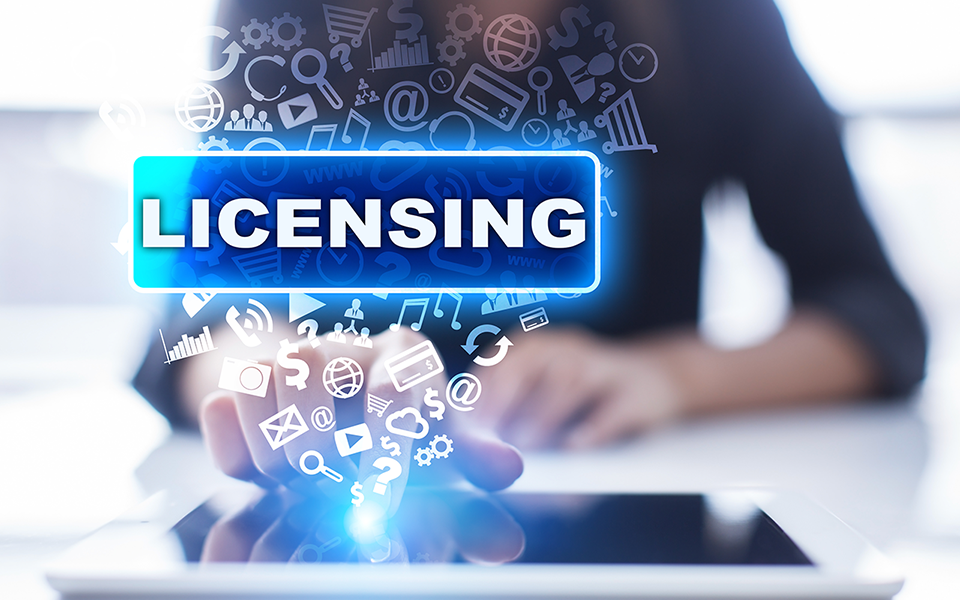 It is important to understand that these use rights and any associated license purchases are only valid if you can prove that you also own an underlying software license.
It is important to understand that these use rights and any associated license purchases are only valid if you can prove that you also own an underlying software license.
The terms and conditions of the license also determine how the software license should be counted (the ‘license metric’). While the detailed terms and conditions of each software license is unique, most software licenses fall into a number of broad categories:
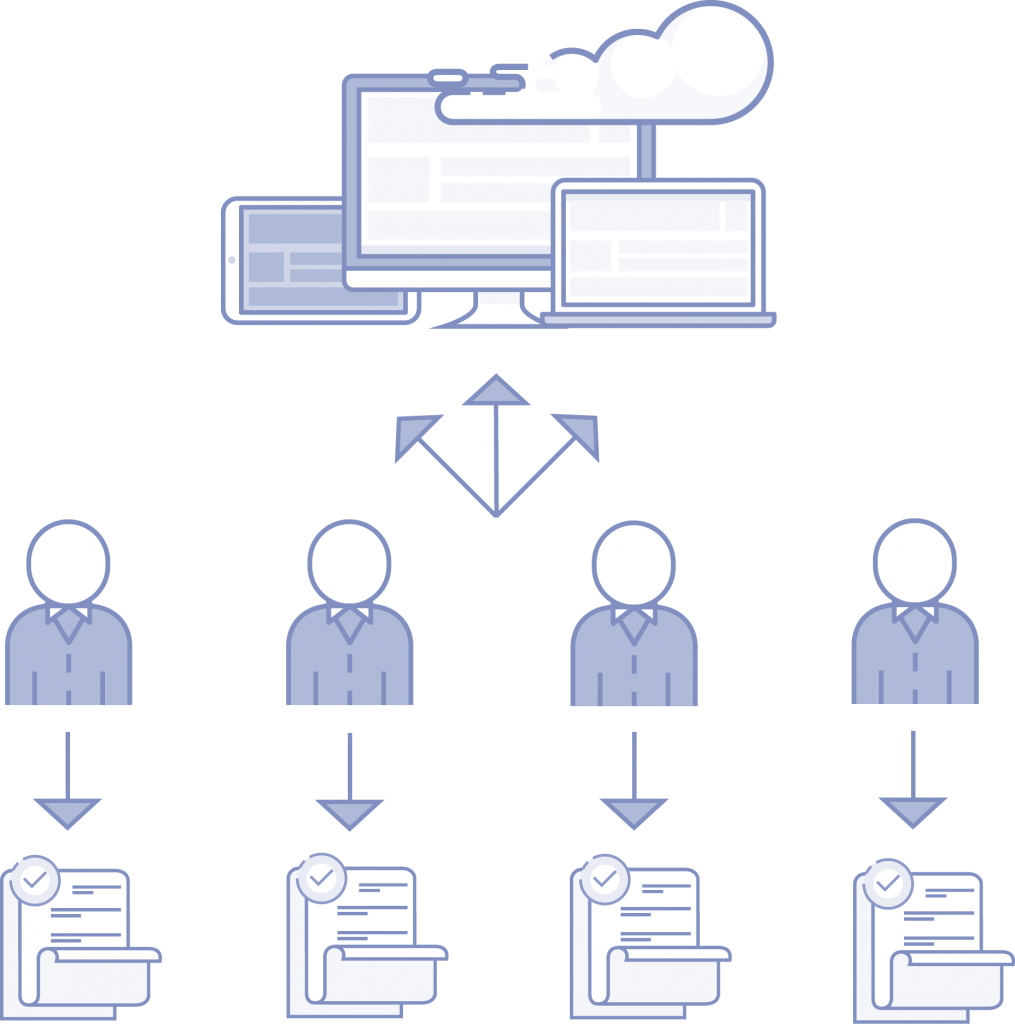
Per user license – the most common license metric, it allows a single license to be used by a single named individual
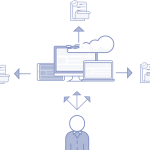 Per device license – an older license metric, it is still common in many organisations. Essentially each license allows the software to be installed on a single device eg a laptop, desktop, mobile device or server.
Per device license – an older license metric, it is still common in many organisations. Essentially each license allows the software to be installed on a single device eg a laptop, desktop, mobile device or server.
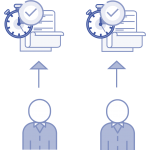 Concurrent licenses – allow a limited number of users or devices to use the software at any given moment in time. If the usage limit is reached then additional people or devices may not use the software until someone else stops using the software and frees up a license.
Concurrent licenses – allow a limited number of users or devices to use the software at any given moment in time. If the usage limit is reached then additional people or devices may not use the software until someone else stops using the software and frees up a license.
 Per virtual machine – as technology has developed, it has become possible to install many ‘virtual machines’ on a single physical server. This license metric counts the number of virtual machines rather than physical servers.
Per virtual machine – as technology has developed, it has become possible to install many ‘virtual machines’ on a single physical server. This license metric counts the number of virtual machines rather than physical servers.
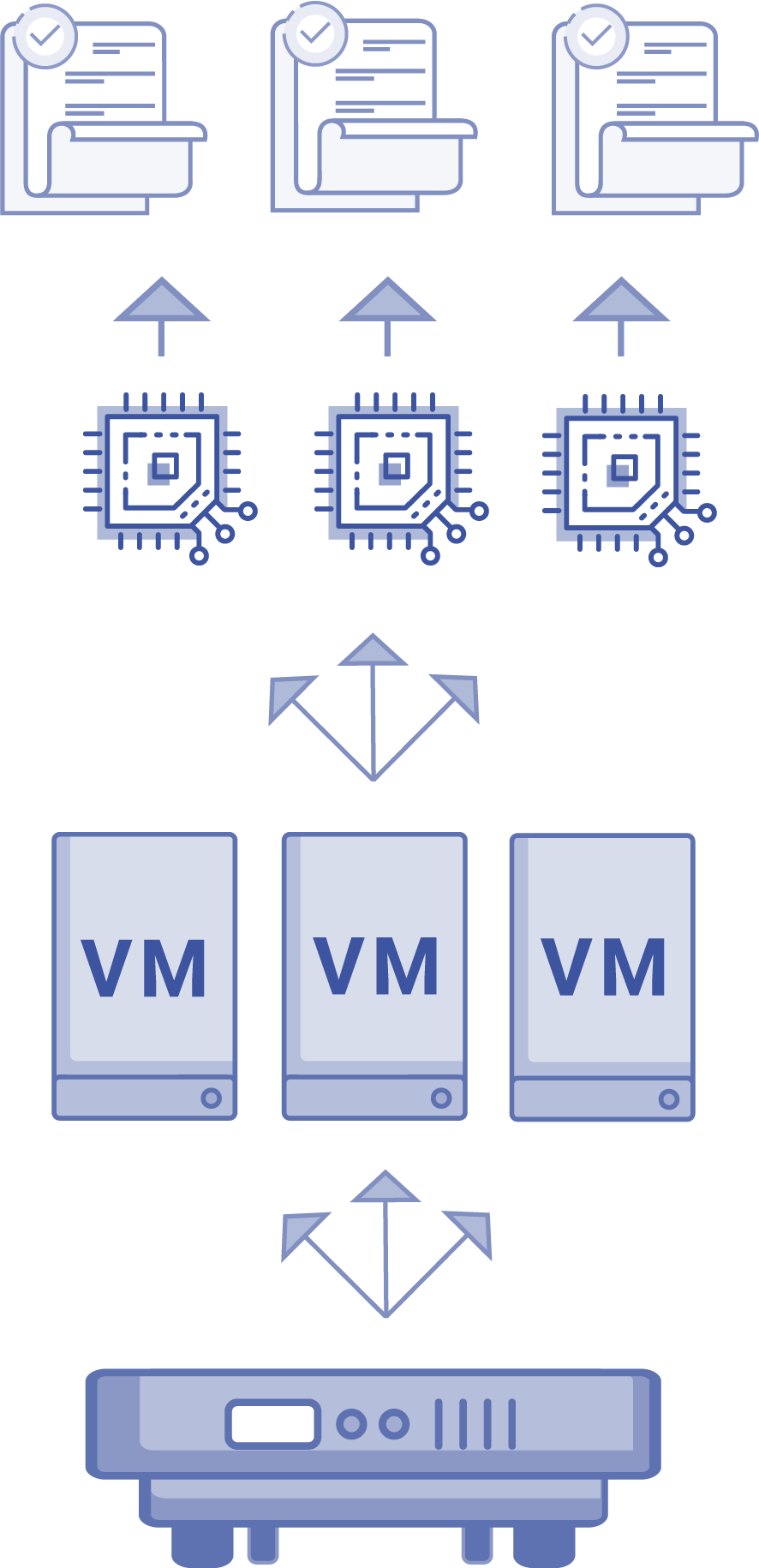 Per processor or core and per virtual processor or core – As physical servers became more powerful, software publishers started licensing by the number of processors and then the number of cores within each processor. This trend is likely to continue as new technologies emerge… watch this space for new license metrics that deal with things such as ‘containerisation’ and ‘serverless architecture’… one reason licensing is such a challenge is because it is constantly changing!
Per processor or core and per virtual processor or core – As physical servers became more powerful, software publishers started licensing by the number of processors and then the number of cores within each processor. This trend is likely to continue as new technologies emerge… watch this space for new license metrics that deal with things such as ‘containerisation’ and ‘serverless architecture’… one reason licensing is such a challenge is because it is constantly changing!
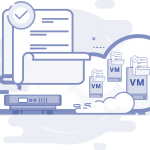 License Mobility – as technology developed it became possible to seamlessly shift virtual machines from one physical server to another, both within the data centre and up to the cloud. While this has improved the efficiency of data centres, reducing the need for manual backups and allowing businesses to take advantage of cloud computing, many software publishers license this ability separately from the base license, and it is an area of licensing which can be challenging to apply.
License Mobility – as technology developed it became possible to seamlessly shift virtual machines from one physical server to another, both within the data centre and up to the cloud. While this has improved the efficiency of data centres, reducing the need for manual backups and allowing businesses to take advantage of cloud computing, many software publishers license this ability separately from the base license, and it is an area of licensing which can be challenging to apply.
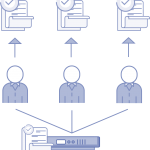 Other types of license metric – there is a long tail of other license metrics that you may encounter as you start managing more and different types of software. Some of these may be relatively straightforward, for instance ‘per transaction’ for some financial software. Others are less intuitive such as ‘Client Access Licenses’ (CALs) in which no software is installed, but they are still required to allow access by devices or users to some servers or virtual servers. The key to understanding license metrics is always to read the EULA, any other license related contracts you have signed, and supplementary documentation provided on software publishers’ websites. Remember that help is always available from your certified software reseller or SAM consultancy if you don’t understand exactly how the licence metric should be applied.
Other types of license metric – there is a long tail of other license metrics that you may encounter as you start managing more and different types of software. Some of these may be relatively straightforward, for instance ‘per transaction’ for some financial software. Others are less intuitive such as ‘Client Access Licenses’ (CALs) in which no software is installed, but they are still required to allow access by devices or users to some servers or virtual servers. The key to understanding license metrics is always to read the EULA, any other license related contracts you have signed, and supplementary documentation provided on software publishers’ websites. Remember that help is always available from your certified software reseller or SAM consultancy if you don’t understand exactly how the licence metric should be applied.
It is easy to buy the wrong type of license for your business. Unfortunately, this may result in you not get all the features and software publisher support you need, but it may also place your business at risk if you are not using it in accordance with the terms and conditions of the software license. When purchasing and using software licenses, work with certified software partners and resellers to make sure you get proper advice and solutions that work for your business.
For more information about how to manage your software licenses effectively and make sure you are compliant with their terms and conditions, take a look at our short Guide to SAM.
